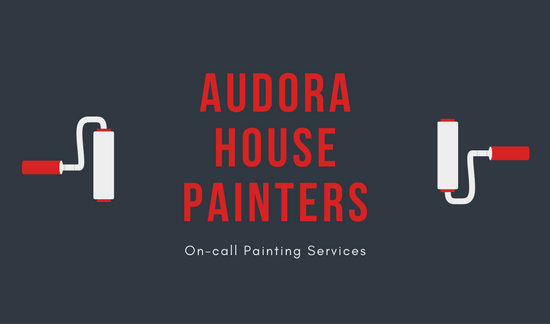Yearning For A Perfect Coating? Discover Just How Climate Elements Can Persuade The Success Of Your External Paint Job, Unraveling Vital Secrets For An Expert Outcome
Yearning For A Perfect Coating? Discover Just How Climate Elements Can Persuade The Success Of Your External Paint Job, Unraveling Vital Secrets For An Expert Outcome
Blog Article
Write-Up By-Reilly Thuesen
Recognizing how climate condition can influence the end result of an exterior paint undertaking is vital for achieving a remarkable finish. From temperature level changes changing paint adhesion to humidity degrees affecting drying times, each aspect of climate plays a significant role in the success of your task. Additionally, wind speed and precipitation can present unanticipated difficulties that might jeopardize the high quality of the final result. As we navigate through the subtleties of climate's impact on exterior painting, it becomes apparent that precise planning and strategic timing are critical for making certain a professional and long lasting outcome.
Ideal Temperature Array for Painting
When thinking about outside painting tasks, the optimal temperature range plays an essential function in accomplishing ideal results. Paint in the best temperature level conditions ensures that the paint adheres correctly to the surface, dries out equally, and treatments efficiently. Usually, the suggested temperature variety for external painting is in between 50 to 85 levels Fahrenheit.
Paint in temperatures listed below 50 degrees Fahrenheit can lead to issues such as inadequate paint bond, long term drying out times, and a boosted likelihood of cracking or peeling.
On the other hand, painting in temperature levels above 85 degrees Fahrenheit can create the paint to completely dry too quickly, bring about blistering, bubbling, and an irregular surface.
To attain the best results, it is vital to check the weather prediction before beginning an external painting project. Ideally, objective to repaint throughout moderate climate condition with moderate temperatures and reduced moisture levels.
Effects of Humidity on Paint Drying
Humidity levels dramatically impact the drying procedure of paint put on exterior surfaces. High moisture can lengthen the drying out time of paint, leading to possible problems such as leaking, spotting, or even the formation of bubbles on the repainted surface. Excess moisture in the air slows down the evaporation of water from the paint, hindering the healing procedure. inside house painters is especially bothersome for water-based paints, as they depend on dissipation for drying.
On the other hand, reduced moisture degrees can also influence paint drying. Exceptionally dry problems might trigger the paint to completely dry too swiftly, bring about bad attachment and a harsh surface. In such cases, including a paint conditioner or spraying a great mist of water airborne can aid regulate moisture levels and improve the paint result.
To make sure ideal drying out conditions, it is suggested to paint when the humidity degrees vary between 40% and 50%.
Monitoring moisture levels and taking proper measures can help accomplish a smooth and durable paint surface on exterior surface areas.
Wind and Rainfall Considerations
Wind speed and rainfall are crucial factors that considerably impact the success of an outside paint task.
When https://find-a-painter-near-me15431.blogtov.com/14381252/do-you-wish-to-discover-useful-understandings-for-reliable-collaboration-with-residence-painters-that-will-transform-your-paint-project-into-a-worry-free-experience pertains to wind, both speed and direction are vital considerations. High wind rates can cause paint to completely dry as well promptly, causing a poor finish with possible concerns like splitting or unequal appearance. Additionally, wind can carry particles that might abide by the damp paint, resulting in flaws. Therefore, https://www.forbes.com/sites/jamiegold/2019/05/29/diy-vs-pro-whos-doing-what-at-home/ must aim to deal with days with light to modest winds for ideal painting problems.
On the other hand, precipitation, whether rain or snow, can be very harmful to the end result of an exterior paint job. Wetness from precipitation can impede paint adhesion, causing peeling off and bubbling over time. It is vital to avoid paint during stormy or snowy weather condition to make sure the long life and high quality of the paint job. top painting companies ought to likewise allow ample time for the surface area to dry extensively after any kind of precipitation before commencing or resuming the paint process.
Conclusion
To conclude, climate condition play a substantial duty in the result of an exterior paint project. The suitable temperature level array, humidity levels, wind rate, and rainfall all add to the success or failing of the paint work.
It is important to consider these variables and strategy as necessary to make sure correct paint adhesion, drying times, and total quality of the finished product.
